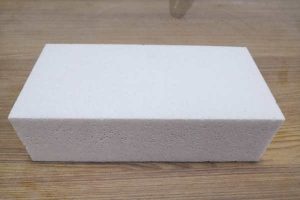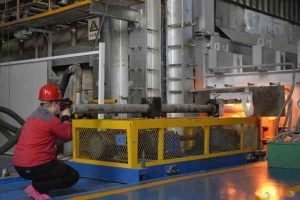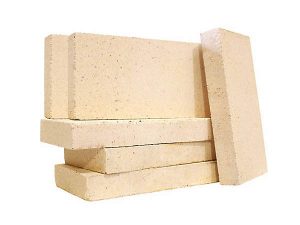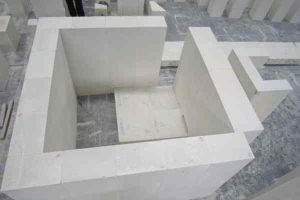Characteristics of Mullite Refractory Bricks
High Thermal Stability
Mullite refractory bricks are known for their high thermal stability, which is one of their most important characteristics.
This means that they can withstand high temperatures without breaking down or losing their structural integrity.
This makes them ideal for use in high-temperature applications where other materials would fail.
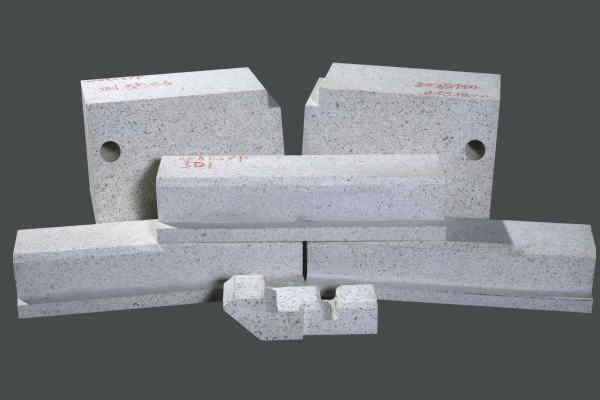
Low Thermal Expansion
Another important characteristic of mullite flame-retardant bricks is their low thermal expansion.
This means that they do not expand or contract significantly when exposed to high temperatures, which reduces the risk of cracking or breaking.
This is particularly important in applications where the material is exposed to rapid temperature changes, such as in furnaces or kilns.
Mechanical Strength
In addition to their thermal stability, fireproof mullite bricks are also known for their excellent mechanical strength.
They have high compressive strength and can withstand significant amounts of pressure without breaking.
This makes them ideal for use in applications where heavy loads are present.
Chemical Resistance
Chemical corrosion resistance is another important characteristic of mullite flameproof bricks.
They are resistant to the corrosive effects of many chemicals and can withstand exposure to acids, bases, and other corrosive substances.
This makes them ideal for use in industries where chemicals are present, such as the petrochemical industry.
High Refractories Under Load (RUL)
Mullite refractory bricks also have high refractories under load (RUL), which means they can maintain their strength and structure even when exposed to high temperatures and heavy loads.
This is an important characteristic in applications such as glassmaking or steel manufacturing where the material is exposed to extreme conditions.
Low Porosity
Low porosity is another important characteristic of mullite bricks. This means that they have a low level of open space within the material, which reduces the risk of heat transfer and improves their insulating properties.
This makes them ideal for use in applications where insulation is important, such as in furnaces or kilns.
Different Types of Mullite Refractory Bricks and Industrial Applications
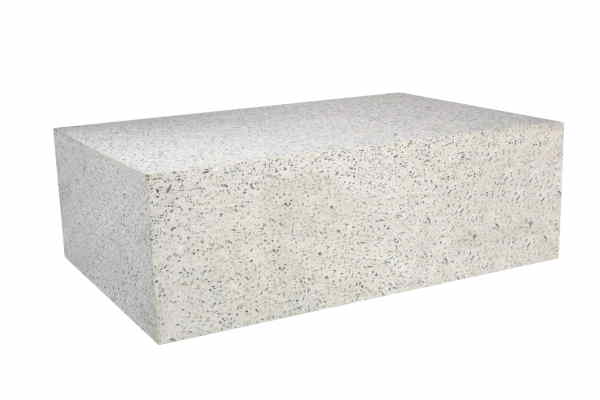
There are several types of mullite firebricks, including dense mullite bricks, insulating mullite bricks, and mullite corundum bricks.
Each of these types has different characteristics and applications, depending on the specific needs of the industry.
In the iron and steel industry, mullite refractory bricks are used in blast furnaces, ladles, and other high-temperature applications.
In the petrochemical industry, they are used in cracking furnaces, reformers, and other equipment that is exposed to high temperatures and corrosive substances.
In the ceramic industry, mullite bricks are used in kilns and other high-temperature applications.
In incinerators and furnaces, they are used to line the walls and floors to protect against high temperatures and corrosive gases.
Manufacturing and Installation of Mullite Refractory Bricks
The manufacturing process for mullite refractory bricks involves several steps, including selecting raw materials, mixing and forming the material, drying, and firing.
Each of these steps requires specialized knowledge and expertise to ensure that the final product meets the necessary specifications.
Installing and maintaining mullite fire bricks also requires specialized knowledge and expertise.
There are different techniques for installing the bricks depending on the specific application, and there are common mistakes that can lead to reduced performance or failure of the firebricks.
Maintenance procedures also vary depending on the specific application, and common issues can include cracking, spalling, or erosion.
Despite their many advantages, mullite bricks do have some disadvantages. They can be more expensive compared to other refractory materials, which can be a barrier to their use in some applications.
They can also be brittle at high temperatures, which can increase the risk of cracking or breaking under heavy loads.
Summary
Overall, mullite bricks are a valuable asset in high-temperature applications due to their unique characteristics.
As technology continues to advance, it is possible that even more specialized and advanced forms of mullite refractory fire bricks will be developed to meet the needs of industries that require even higher levels of thermal stability, mechanical strength, and chemical resistance.
In conclusion, mullite refractory bricks have a unique set of characteristics that make them ideal for use in high-temperature applications where other materials would fail.
They offer high thermal stability, low thermal expansion, excellent mechanical strength, chemical corrosion resistance, high refractoriness under load, and low porosity.
They are used in a variety of industries, including iron and steel, petrochemical, ceramic, and incineration.
Despite some disadvantages, mullite refractory bricks remain a valuable asset in industries that require high levels of performance and durability in extreme conditions.

